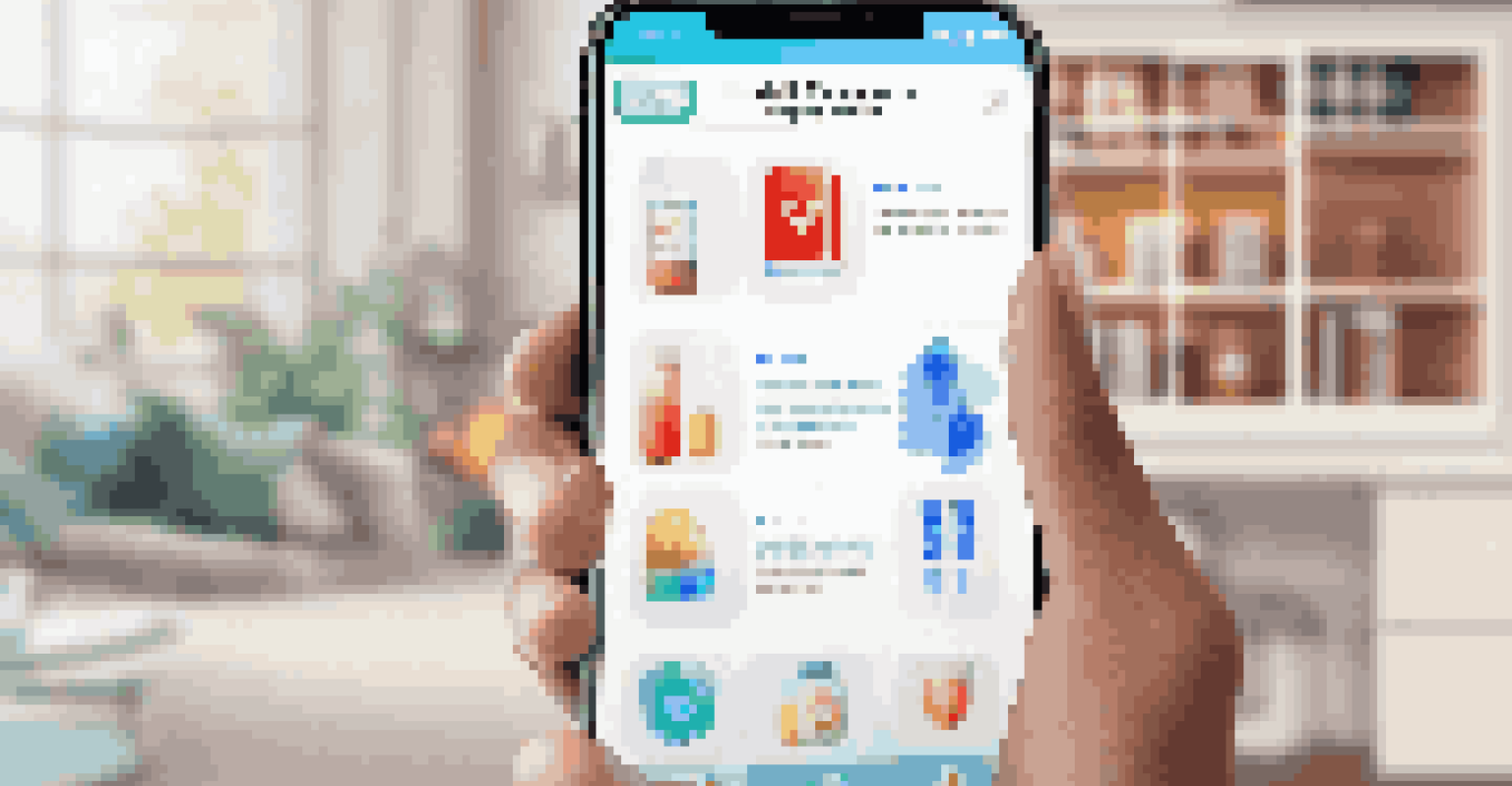Creating a Personal Health Information Plan: Steps to Take

Understanding the Importance of a Health Information Plan
A personal health information plan is crucial for managing your health effectively. It acts as a centralized record of your medical history, medications, and any allergies you may have. This can be particularly important in emergencies when quick access to your health information is vital.
An ounce of prevention is worth a pound of cure.
By organizing your health information, you're not only empowering yourself but also making it easier for healthcare professionals to provide the best care possible. Imagine walking into an emergency room with a comprehensive list of your medical history; it can save crucial time.
In essence, having a health information plan means you're taking control of your health journey, ensuring that you and your healthcare providers have the information they need to make informed decisions.
Gathering Essential Medical Information
The first step in creating your health information plan is gathering all your essential medical documents. This includes past medical records, lab results, and immunization histories. Think of it as collecting puzzle pieces that, once assembled, give a complete picture of your health.

Don't forget to include information about any current medications, including dosages and prescribing doctors. If you have allergies or chronic conditions, make sure to document those too. This information is like the foundation of a house; without it, the entire structure can be shaky.
Importance of Health Information Plans
A personal health information plan centralizes your medical history, ensuring quick access in emergencies.
Once you have collected all this information, you can begin organizing it in a way that makes sense to you, whether that’s digitally or in a physical binder.
Choosing the Right Format for Your Plan
One of the key decisions you'll make is how to format your health information plan. You could go with a traditional paper binder that you can keep at home, or you might prefer a digital format that you can access on your phone or cloud storage. Each option has its advantages and drawbacks.
The greatest wealth is health.
A digital format can be convenient, especially during travel or emergencies. Just imagine being able to pull up your medical history on your phone in a matter of seconds! However, a physical binder has the benefit of being tangible and doesn't rely on technology.
Consider what will work best for your lifestyle and preferences, and remember that you can always change the format later if your needs evolve.
Organizing Your Health Information Effectively
Once you choose a format, the next step is to organize your information effectively. You might want to categorize your records by type—medical history, medications, allergies, and emergency contacts. This is similar to organizing your closet; when everything is in its place, it's easier to find what you need.
Using tabs or digital folders can help make your information easy to navigate. For instance, if you need to quickly find your allergy information, you can do so without sifting through unrelated documents.
Regular Updates Are Essential
Consistently updating your health information plan helps maintain its relevance and effectiveness as your health changes.
Taking the time to organize your health information will pay off in the long run, making it easier for you and your healthcare providers to access critical data when needed.
Updating Your Health Information Regularly
Creating your health information plan is just the beginning; regular updates are crucial for its effectiveness. As you experience changes in your health, such as new medications or diagnoses, make it a habit to update your plan accordingly. Think of it like maintaining a garden; if you neglect it, weeds will grow and overtake the flowers.
Set a reminder every six months or after any significant health event to review your information. This proactive approach ensures that your health plan reflects your current situation and needs.
Keeping your information up-to-date can also facilitate better communication with your healthcare providers, allowing them to offer more targeted and effective care.
Sharing Your Plan with Trusted Individuals
After creating your personal health information plan, consider sharing it with trusted family members or friends. This can be particularly helpful in emergencies when you may not be able to communicate your health needs. It's like having a safety net; knowing someone else has access can provide peace of mind.
Make sure that the individuals you choose are comfortable with your health information and understand how to use it if necessary. You could even provide them with a summarized version that highlights critical details.
Utilizing Technology for Management
Leveraging health management apps and patient portals can streamline the organization and accessibility of your health records.
This collaborative approach not only ensures that your health information is accessible but also fosters a supportive environment for managing your health.
Utilizing Technology for Enhanced Management
In today's digital age, technology can significantly enhance your personal health information plan. Consider using health management apps or online platforms that allow you to store and manage your medical records securely. These tools often come with reminders for medication and appointments, functioning much like a virtual assistant for your health.
Many healthcare providers also offer patient portals where you can access your medical records, test results, and even communicate with your doctors. This feature can be invaluable for keeping all your health information in one place.

By leveraging technology, you can streamline your health management process, making it easier to stay informed and engaged in your health journey.